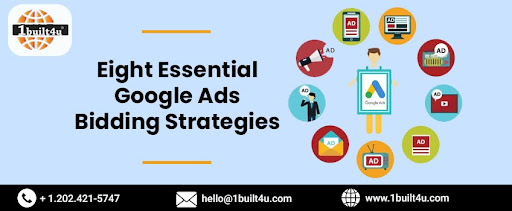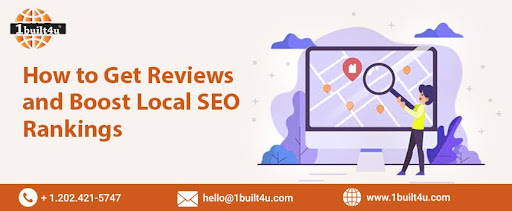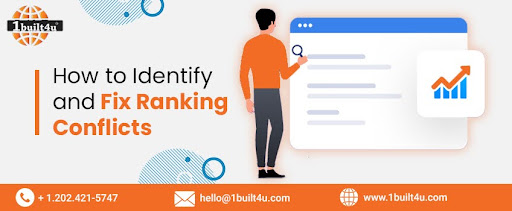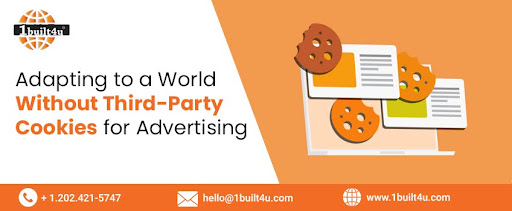
Eight Essential Google Ads Bidding Strategies
Google Ads bidding involves a lot more than just the bid. What about the goal of the audience to convert? Are bid modifications in place? Do you make use of Smart Bidding?
It's easy to get lost in the list. Our digital marketing agency in Ashburn USA has good news for you - even if you are still looking for your first Google Ads breakthrough and have not yet experienced the joy of virtually eliminating your wealthy competitors.
Simply equipping yourself with the appropriate digital marketing services, tools, and tricks can help you unleash the Google Ads bidding monster.
Target CPA
Achieve a predetermined target CPA for the greatest number of conversions. If you want to hit targets and get more leads, this is the best method.
Pros
- Avoid unprofitable clicks and get more conversions at a lower cost - Automatically generates bids to try to meet your target CPA
Cons
- Cannot set a maximum CPC bid cap for campaign by campaign, but only as a portfolio strategy
Target ROAS
Do you want to achieve a certain ROI with your PPC spending? Return on ad spend, or ROAS, might be right for you. ROAS is a metric that takes your change values or Google based business income values into account. Let's say you want a 7% ROI. This indicates that you can anticipate receiving $7 for every $1 spent on clicks. After that, the target ROAS of the bid strategy would be set at 700%.
Pros
- Sends ads to potential customers
- Identifies right balance between volume sellers and high margin winners
Cons
- Need to give Google the necessary information - ROAS is the only goal, not profit
Maximize Taps
Google Ads automatically adjusts your bids with the “maximize clicks” option, so that you can get as many clicks as you can within your budget. When you have excellent conversion performance and want to increase volume, this is the best option.
Pros
- Simple and straightforward
- Lower CPCs and increase search impression share (SIS) - Easier to get clicks
- Most effective strategy for generating traffic
Cons
- Clicks and conversions can be of lower quality
Maximize Conversions
If you want to increase sales or leads, you can have Google set your bids automatically so that you can get the most conversions for your money. Utilizing your entire budget in a single day is a breeze with this strategy.
Pros
- More conversions at risk of higher cost, raised CPA or low ROAS Cons
- Clicks can become very expensive and you can easily exceed your daily budget Maximum Conversion Value
Google Ads automatically sets your bids to help you get the most conversion value for your money. Google determines the best CPC bid for each auction by utilizing information gathered about the device, location, time of day, demographics, and query, among other factors.
Pros
- Profit maximum value automatically Cons
- More profit at the risk of spending more
- Not focused on getting more conversions for your budget
Target Impression Share
Target impression share offering consequently sets offers to assist with accomplishing your objectives across all campaigns. Depending on where you want your ads to appear, the Target impression share strategy offers three options:
- You can set a maximum CPC bid limit, which is a cap on the maximum amount the strategy will bid, anywhere on the page of Google search results or on the absolute top of the page
- You run the risk of limiting your bids, which could have an impact on your goals, if you set your limit too low.
- If you set no limits at all, your CPCs could get really sore, and you could quickly run out of money.
Pros
- Great for brand keywords
- Puts search top impression share (IS) exactly where you want it to be
Cons
- Can be expensive
- Does not always optimize for conversions
Manual CPC
With manual cost-per-click, you can set bids for keywords or ad groups. The highest level of control is provided by setting individual bids at the keyword level. In contrast, manual bids at the ad group level apply the same price to each keyword or placement in that ad group.
Pros
- Highest level of control over your bids
- Less charged
- Ad group level bids are overridden by keyword level bids
Cons
- Requires more work, time, and experience for best results - Less detailed reports than automated bidding
Enhanced cost-per-click (ECPC)
ECPC is a smart-bidding option that can be used in place of manual CPC. It gives Google the freedom to raise or lower your bids depending on whether there is a greater or lesser chance of a conversion.
Pros
- Reaches more audience - Increased CTR and CVR
Cons
- Might end up spending more than the budget
How Google Ads Bidding Strategy Can Help You
Google Ads bidding strategies play a crucial role in optimizing your advertising campaigns and achieving your business objectives. Here are the ways in which Google Ads bidding strategies can help you:
1) Maximize Return on Investment (ROI): Bidding strategies allow you to maximize your ROI by optimizing your ad spend. With automated bidding options like Target ROAS (Return on Ad Spend) or Target CPA (Cost per Acquisition), Google Ads adjusts your bids in real-time to deliver the best possible results within your specified budget. This helps you focus on acquiring customers at a desired cost while generating profitable returns.
2) Achieve Specific Advertising Goals: Google Ads offers a range of bidding strategies tailored to different advertising goals. For example, if your objective is to drive website traffic, you can use the Maximize Clicks or Target Impression Share bidding strategies. If you aim to increase conversions, you can leverage Conversion-focused bidding strategies like Maximize Conversions or Enhanced Cost per Click (ECPC). These strategies align your bidding approach with your desired outcomes.
3) Improve Ad Placement and Visibility: Bidding strategies influence ad placement and visibility in search results and on partner websites. With strategies like Target Impression Share or Target Search Page Location, you can optimize your bids to ensure your ads appear in top positions or on specific pages. This helps increase the visibility of your ads, potentially driving higher click-through rates and conversions.
4) React to Real-Time Auction Dynamics: Google Ads bidding strategies leverage real-time auction data to adjust bids based on various factors, such as user intent, device, location, and time of day. By using strategies like Enhanced CPC or Target ROAS, you can adapt bids to maximize performance based on the context of each auction. This dynamic bidding approach enables you to reach the right users at the right time, optimizing your chances of conversions.
5) Save Time and Effort: Automated bidding strategies save time and effort by streamlining bid management. Instead of manually adjusting bids for each keyword or ad group, you can rely on Google's algorithms to make bid adjustments on your behalf. This frees up your time to focus on other important aspects of your advertising campaigns, such as ad creatives, audience targeting, and landing page optimization.
Conclusion
By now, you should have a thorough understanding of how bidding works on Google Ads. It typically increases click-through rate (CTR) and conversion rate (CVR) more than manual CPC bidding alone. It also means you have also learned a lot about the various bid strategies you can try and their advantages and disadvantages. In addition, you now have some helpful advice from us in your back pocket that will make your selections of bidding strategies even more successful. For more information or to avail services from our digital marketing company, visit 1built4u.com .





